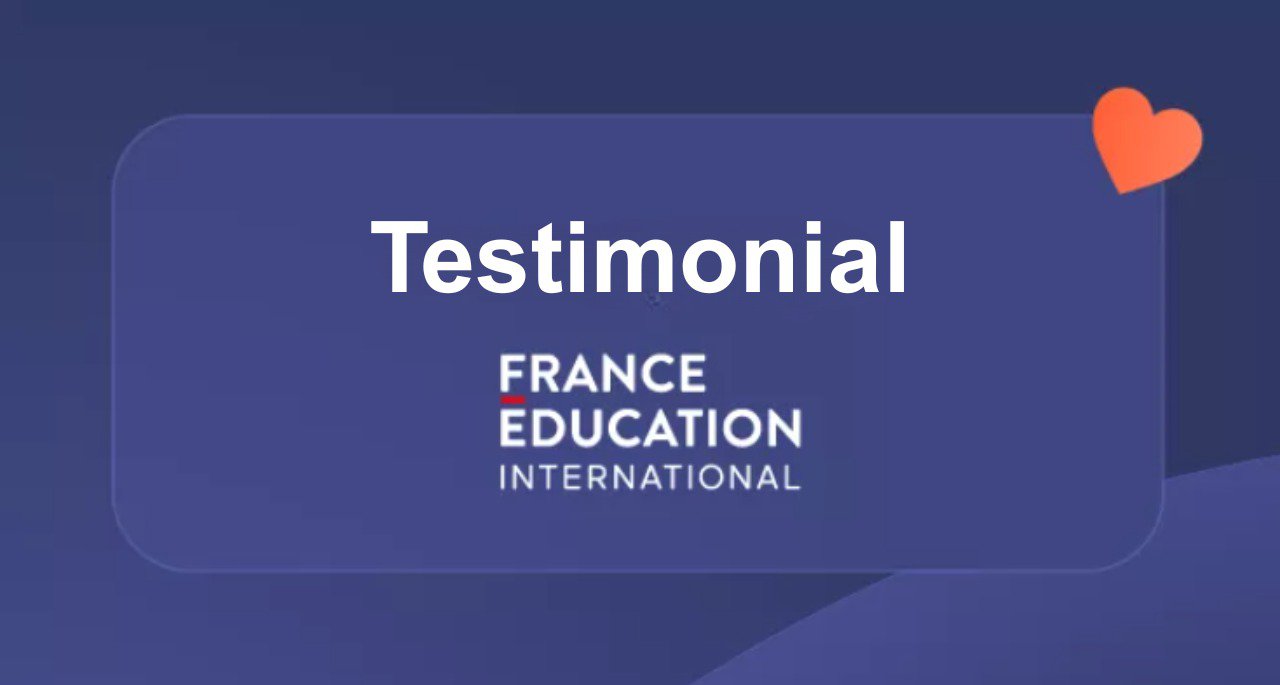A conversational form converts much more. Statistics speak clearly
What’s a Rich Text element?
The rich text element allows you to create and format headings, paragraphs, blockquotes, images, and video all in one place instead of having to add and format them individually. Just double-click and easily create content.
Static and dynamic content editing
A rich text element can be used with static or dynamic content. For static content, just drop it into any page and begin editing. For dynamic content, add a rich text field to any collection and then connect a rich text element to that field in the settings panel. Voila!
How to customize formatting for each rich text
Headings, paragraphs, blockquotes, figures, images, and figure captions can all be styled after a class is added to the rich text element using the "When inside of" nested selector system.
Statistics speak clear: a conversational form beats traditional web forms of any kind by a large margin, even multi-step forms.
There is a lot of research on conversational form performances compared to traditional forms. The players are mostly organizations that develop or trade digital marketing platforms, like Formstack and Venture Harbour, a UK platform for nurturing ventures and tech startups.
Their conclusions are unanimous: a multi-step form beats a traditional web form, with an increase in terms of conversions that can even reach an astonishing 300%.
But a conversational form beats a multi-step form by far, marketing automation can increase qualified leads by over 400%
The victory of conversational forms is consecrated also by other studies, like the ones of Databox and WPForms.
A conversational form is anything else than a way to collect data from users that is managed by a bot through a chat. It is called: “conversational”, as it is like a conversation between two people.
Why a conversational form beats a traditional web form?
The answer is quite simple, indeed. According to what chatbot manufacturers write daily about this topic, answering a chatbot question is easier and more comfortable for users than filling a long and tiring web form.
In other words, a conversational form would assure a better user experience than a traditional web form, even in case of multi-step forms.
However, in my opinion, the good, old: “Keep it simple, stupid” is not enough to explain the chatbot’s victory. There is another factor to consider, the fact that written conversations have become the main way of communication today.
Applications like WhatsApp, Facebook, and other messengers have accustomed web users to chat to the point that textual conversations sound even more natural than vocal chats. It is quite common to see two people standing in front of each other who prefer sending messages to talks.
While it is difficult to say whether this trend towards textual chats is evolutionary for the human species or not, we are safe when we say that chatbots exploit the human preference for textual conversations that came out with the advent of web 2.0.
In conclusion, forms lose because they cannot chat. This result does not come as a surprise for expert marketers, as it is the strength of conversational AI. This last point deserves some further investigation.

The multi-step form against the traditional form
Traditional forms suffer from a rate of abandonment of 81%, according to a survey of Manifest. The length of the form is the second reason to abandon that is given by people after their security concerns, and very few people have come back again to try to complete the form.
To cut it short, traditional forms are conversion killers. This is the reason why designers thought up multi-step forms.
The idea behind is quite simple: forms are broken down into multiple passages, each passage must match a field of the form, and a progress bar is added to give users the illusion of control of the process.
The recipe would be not complete without an appealing design and a back button to reverse the process in pure Norman’s usability school.
Results? Very good. Multi-step forms perform at least over 100% better than the old one-page forms, according to the many statistics that are available on the web.
Just to mention the results of one of these surveys, Startup Bonsai stated that the completion rate of a single-page form is a poor 4,53% against the 13,85% of multi-page forms.
Again, the shift towards conversations proves to be a key factor of success also in the case of the choice between a traditional form and a multi-step form. So, this is not a simple matter of bots. There is the human preference for talking behind the popularity of conversational forms.
Mobile devices need a conversational approach even more
The spreading of mobile devices is the second factor to consider if we wish to fully understand the better conversational form usability in comparison with old forms, whatever it is a multi-step form or a traditional form.
Filling up a form by mobile – maybe a long form, with more than six, seven fields – is a real pain in the neck for most users.
Dropdown fields, for example, can be difficult to tap. They show the highest rate of abandonment, according to WpForms; the perception of complexity and the interaction cost (the sum of cognitive and physical efforts that is necessary to fill the form) seem higher on mobile devices if compared to desktops.
So, it is not surprising to hear that users wish to quickly detect that friendly chat balloon of your chatbot when they land on a webpage.
Statistics show that live chats have become the leading contact source on the web, with 62% of customers that expect to find them on mobile and 82% that would use them (source: ICMI).
In conclusion, the design of the user experience on mobile devices strongly needs a conversational approach, much more than desktop design, and chatbots are the most effective way to provide users with it, even more than a multi-step form.
The strong growth of the use of mobile devices throughout the world completes the picture and stresses the importance of chatbots and live chats today.
Traditional forms can still teach us something
At this time, the reader would think that traditional forms are obsolete, and it is time to get rid of it. But it is not the case. Traditional forms ( and, maybe, also a good conversational form) are still useful, and they can still teach us something.
Consider that the total ban of forms could be a mistake, as web 1.0 generation is used to utilize them.
Therefore, some elder users could find a traditional web form or a multi-step form more reassuring and authoritative of a conversational form; so, why disappoint them? Better provide the two systems together. Let’s leave to users the freedom to choose.
Another reason to take this matter with prudence is that few surveys are showing contrasting results to those we have reported above.
For example, an A/B test of ConversionXL shows that long forms can surprisingly increase conversions. The trick is that there are some fields that customers need or expect: these fields should be never suppressed.
ConversionXL’s test is thus particularly interesting for chatbot designers, as it proves that old forms can still be a source of inspiration for the live chat design.
The information that a form collects through their fields can become the answers that the bot will ask through a live chat. In this way, users would be not disappointed because the bot did not ask them the questions which they expected through a transaction.
Other advantages of a conversational form
Simplicity and the human preference for conversations are not the only features that make live-chats (and chatbots and conversational forms) unbeatable. There are other reasons behind the great performance of conversational forms, among which we have:
- Chatbots serve multiple purposes, like data collection or offering assistance during the whole transaction process, while forms are one-purpose tools
- Chatbots are multi-channels and multi-devices (for example, you can implement chatbots also on apps like Slack), while forms are exclusive to the old website pages
- Chatbots are quick: they offer immediate gratification through the easy pattern ask and answer; instead, forms are long, users have to submit them and wait even days before getting feedback
- Chatbots are proactive, forms (even multi-step forms) are static. Bots can help and engage users during the whole process of collecting information, while with forms there is no magic, they can be only filled up
- Metrics with chatbots are easier while tracking users with forms is trickier and more expensive. I went deeper on this point in my article about chatbots and marketing strategies.
In conclusion, forms lose because they are rigid, less usable, and they require a heavier cognitive load. Chatbots and conversational forms win because of their versatility, easiness of use and stronger capability to collect data.
The battle of conversational forms and web forms: the takeaways
We are at the end of our article. Let’s summarize the main points in these three easy takeaways:
- A well-designed live chat works much better than multi-step forms and traditional forms in terms of both usability and conversions, particularly on mobile devices
- Conversational forms are more versatile, as they can be deployed on a wider variety of channels
- Analytics with chatbots are easier to implement and manage, and they offer more results in terms of data collections than analytics with traditional web forms.
But the most important point to remember is conversation rates: multi-step forms and traditional forms convert much less than live chats. This is the real good reason for the preference for conversational forms of today’s marketers.









